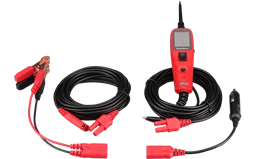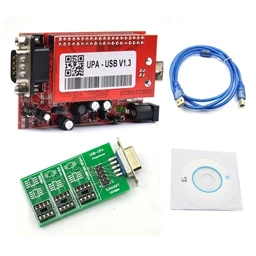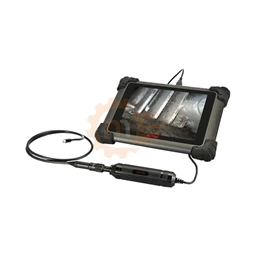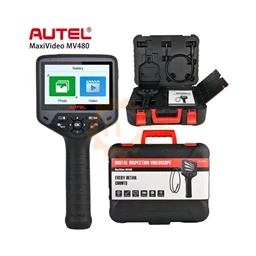Power steering is widely used and is the auxiliary system of the steering. It depends on the hydraulic oil pressure to make the steering easier to move.
New model vehicles are switching to electric steering system instead of hydraulic steering system.
Parts of Hydraulic Steering System
- Steering wheel
- Steering column and column
- Hydraulic Valve unit
- Steering gear box
- Hydraulic cylinder
- Hydraulic pump
- Hydraulic oil box (reservoir)
- Connection pipes and hoses
How Does The Hydraulic Steering System Work?
The hydraulic steering system also benefits from the connection between pressure and force.
The force taken from the hydraulic pressure contributes to the force applied while the steering wheel is being moved.
Since this system does not work alone, it is called an auxiliary system.
Hydraulic pressure is built up in the steering hydraulic pump.
The pump takes its motion from the motor with a belt-pulley and converts the motion energy to hydraulic pressure and transmits it to the rotary control valve (control valve).
The oil required by the hydraulic pump and the system is stored in the hydraulic oil box and the oil returned from the system is discharged into the tank.
Control valve (rotary valve) determines from which line the pressurized hydraulic oil will be delivered according to the direction of movement of the steering wheel.
When the steering wheel is in straight position (not rotating), the oil delivered to the valve of the pump is sent back to the tank and the pressurized oil has no effect.
There is a hydraulic cylinder in the gear box body. Inside the hydraulic cylinder, there is a double-acting piston and the movement of the piston is determined according to the application direction of the oil pressure.
The end of the piston rod is connected to the rack, the end of the rack is connected to the long tie rod, the long tie rod is connected to the short tie rod, and the short tie rod guides the axle carrier (wheel) with the tie rod end.
What are the Duties of the Hydraulic Steering System?
It is activated quickly and precisely in the movement of the steering wheel and the driver does not feel it.
It provides the driver with a smooth and comfortable ride. It provides comfort and softness to the steering wheel when parking the vehicle and low speeds are also difficult. It softens the steering by generating great power at low speeds.
As speed increases, it decreases the support power. As the speed of the vehicle increases, the support of the power steering system decreases and the steering becomes stiffer.
Impacts that affect the wheels caused by the road prevent the steering wheel from detecting. With hydraulic steering, the driving - maneuvering performance and safety of the vehicle increases.
The greater the support power of the power steering, the less the driving feel.
You can easily test the steering boxes with the MS502M - Hydraulic Steering Rack Test Machine produced by MSG.
With the MS502M device, you can measure the flow parameters produced in the Power Steering Rack and you can easily find the wear and leakage on the body and seals with this device.
For detailed information, please call us;

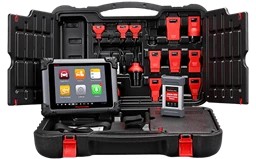
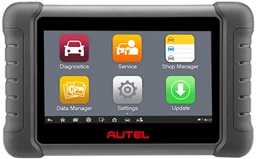
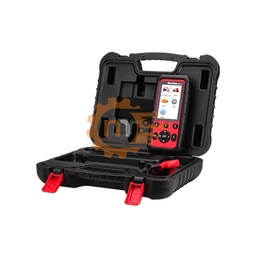
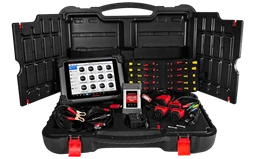
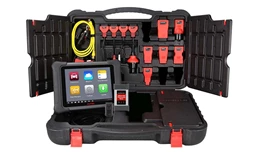
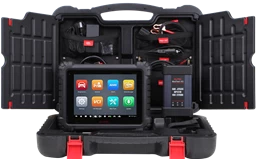
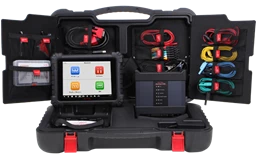
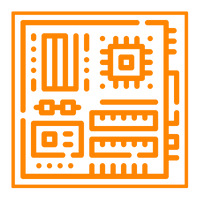

.webp?size=256)


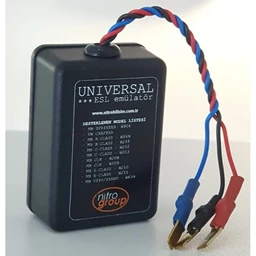

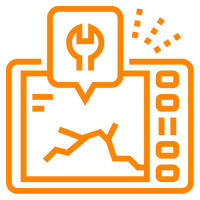
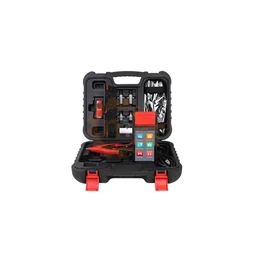
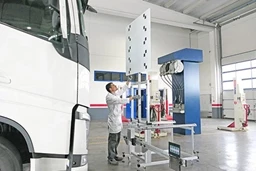
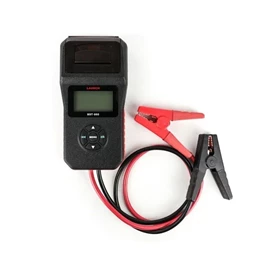
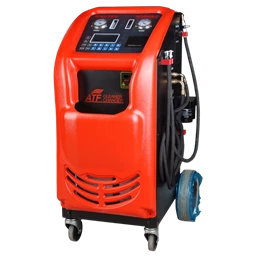
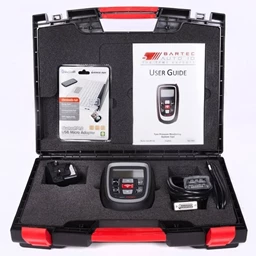
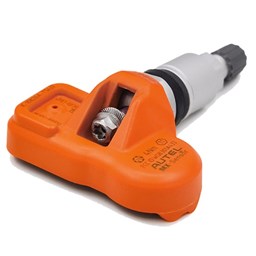
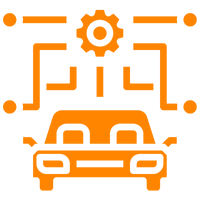
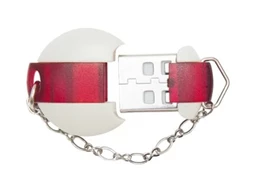
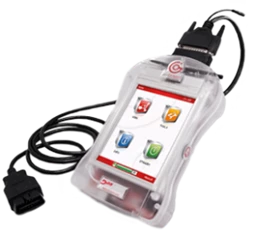
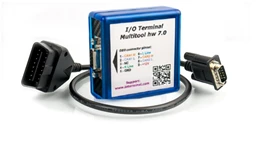
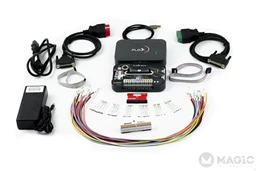

 Cihazı.webp?size=256)

